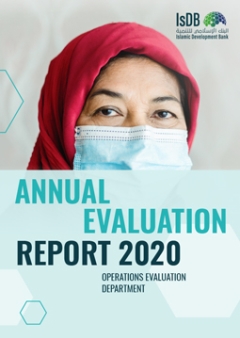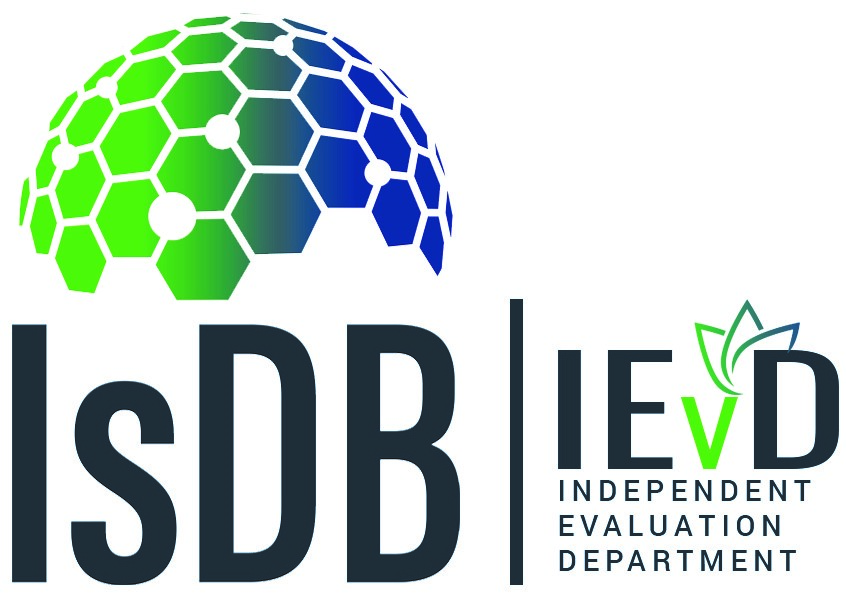
Islamic Development Bank Annual Evaluation Report 2020
The OED is committed to aligning its evaluation functions with the Bank’s 10-year strategic priorities and the President’s 5-year Program (P5P) and promoting evaluation cul- ture in the Bank and its Member Countries (MCs). The AER contributes to creating a stronger performance measurement system and plays a pivotal role in institutionalizing result-based management and the IsDB Group corporate scorecard. The Department undertook a rigor- ous assessment of the development effectiveness of the IsDB interventions and emphasized quality, relevance, timeliness and usefulness of its products, knowledge dissemination, and productive partnerships with peer institutions.
Despite the difficulties of 2020, the OED completed 10 project-level and two special evalua- tions, and three macro-level evaluations. Moreover, it validated 27 project completion reports and initiated validations of two MCPS Implementation Reviews, one program evaluation, two thematic evaluations, and one corporate evaluation. From the ten projects evaluated this year, three projects (30%) were rated as “Highly Successful”, six projects (60%) were rated as “Suc- cessful” and one project was rated as “Unsuccessful”. The most prevalent factor that affected the overall performance of the evaluated projects was project efficiency. The general finding, from the sample of work, is that the Bank has been contributing reasonably to the member countries with some room for improvement in near future. With the lessons learned from this year’s evaluation findings, several recommendations are emphasized in the reports; such as (i) Ensure Continuous Supervision and Promote M&E; (ii) Improve IsDB’s Responsiveness and Communication with Stakeholders; (iii) Focus on Sector Strategy; (iv) Improve the Capacity and Enabling Environment in MCs; and (v) Ensure Implementation Readiness. To ensure bene- fiting from the lessons learned and to ensure the implementation of the recommendations, the OED will focus on 3 priority areas: (i) Innovating: The OED will re-think its processes based on the constraints of project and evaluation designs and the opportunities offered by new tech- nology trends; (ii) Involving: The OED will devise new engagement methods to ensure a much closer interaction with its stakeholders; (iii) Influencing: The OED will focus more on the learn- ing objective and will ensure that its knowledge base is useful, and its products are responsive to the needs of its stakeholders to be more influential at the strategic level.

